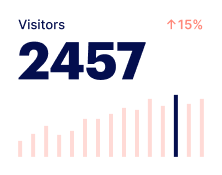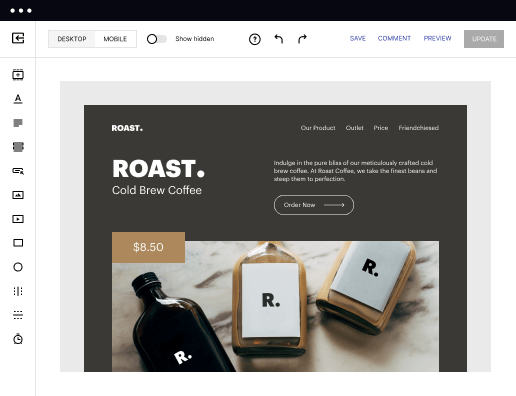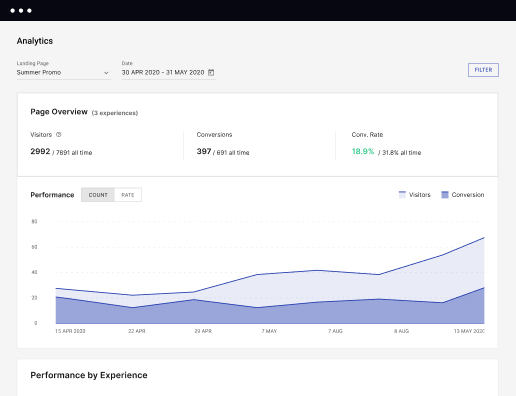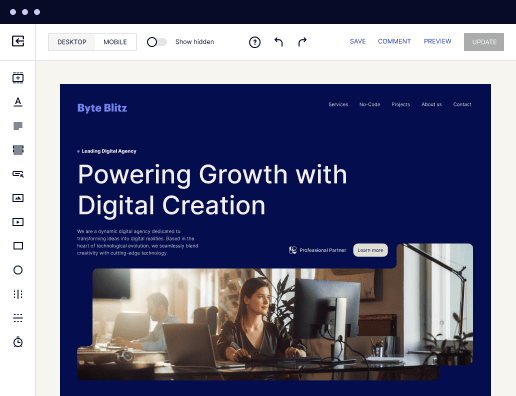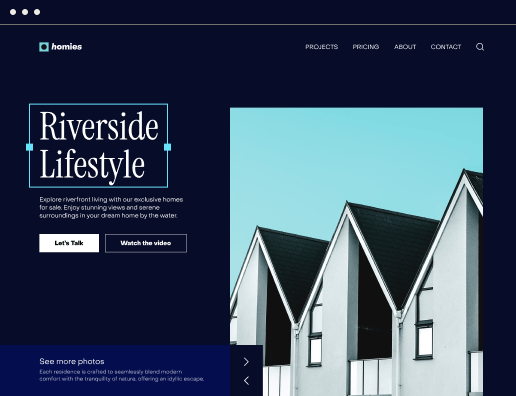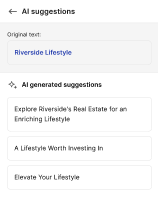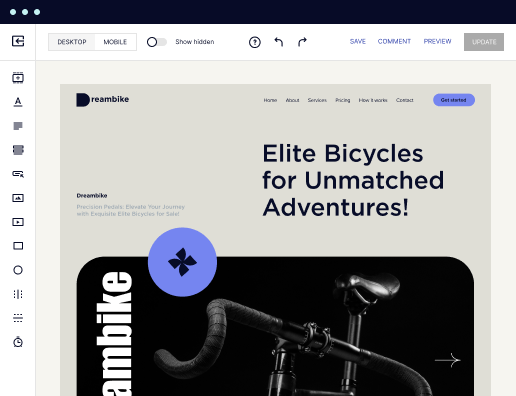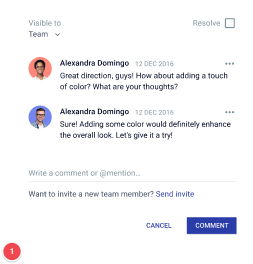Make your settings page designed for Linux
Instapage empowers you to reduce costs, increase conversions, and deliver meaningful experiences on Linux.
A comprehensive guide to optimizing your settings page on Linux
Creating an effective settings page on Linux is pivotal for seamless user experience and operational efficiency. Instapage’s powerful landing page solutions aid marketers in crafting tailored landing pages that resonate with their target audience. This guide aims to walk you through the key elements of making your settings page on Linux and how leveraging landing page optimization tools can enhance your conversions and brand loyalty.
Understanding the importance of a settings page
A settings page serves as a control hub for users, facilitating personalized experiences. In the Linux environment, clarity and accessibility are crucial. Marketers in sectors like Tech/SaaS and Education can benefit from optimizing their settings page as they cater to diverse user preferences. By integrating user-friendly features and insights, businesses can significantly improve customer trust and loyalty.
- User Control: Empowering users to manage their preferences enhances overall satisfaction.
- Brand Consistency: A well-designed settings page reflects branding, reinforcing trust.
- Data Insights: Having a clear settings framework gathers useful data to inform next steps in user engagement.
Step 1: Craft your layout
The initial step to create your settings page on Linux involves selecting the right layout. With over 100 templates available on Instapage, you can easily choose a design that aligns with your brand’s aesthetic.
- Select a Template: Choose from conversion-focused layouts that best reflect your site’s purpose.
- Customize Instablocks: Edit sections to include unique features specific to your audience’s needs.
- Responsive Design: Ensure your layout is mobile-friendly for ultimate accessibility.
Step 2: Optimize functionalities
It’s essential to optimize your settings page functionalities to facilitate user interactions. Leverage advanced analytics to understand user behavior, tailoring features that exceed user expectations.
- A/B Testing: Experiment with different layouts and functionalities to identify what converts best.
- Heatmap Analysis: Utilize detailed heatmaps to analyze user interactions on your settings page, allowing for smarter adjustments.
- Performance Metrics: Regularly assess conversion rates and user engagement to refine settings functionalities.
Step 3: Personalize the experience
Personalization is key in ensuring users feel valued and understood. By applying dynamic text replacement and AdMaps, you can create a customized settings page that caters specifically to different audience segments.
- Dynamic Text Replacement: Adjust content based on user behavior and preferences.
- Segmented Experiences: Implement personalized sections for different user categories.
- Consistent Feedback: Capture and implement user feedback to continually tailor the experience.
Developing an effective settings page on Linux involves careful planning and execution. Employing the strategies outlined above not only simplifies the process but also enhances the user experience significantly.
Ready to optimize your settings page on Linux? Start utilizing Instapage’s robust tools today and witness the impact of personalized landing page experiences.
Get more out of Make your settings page on Linux
Improve your Quality Score with quick load technology for landing pages
Increase conversions with content that aligns with your ads and audiences
Achieve maximum ROI by scaling your marketing initiatives
Leading the way in building high-performing landing pages





FAQs
See how to make your settings page on linux in action
Ready to skyrocket conversions?
Supercharge your ad campaigns with high-performing landing pages.
Get started
